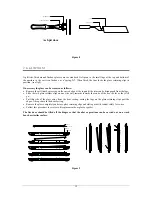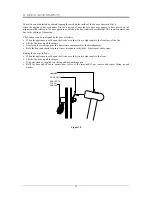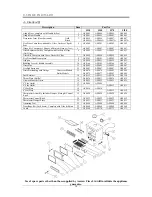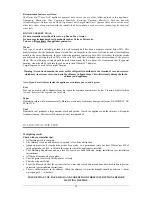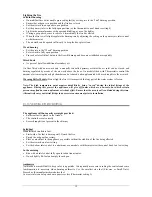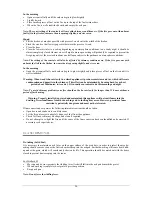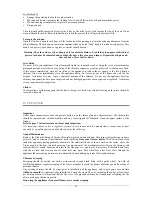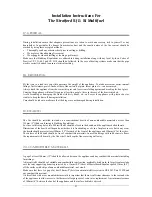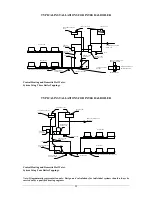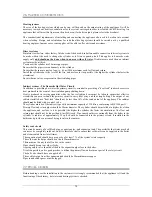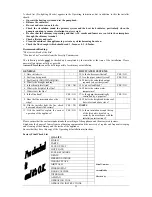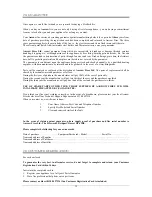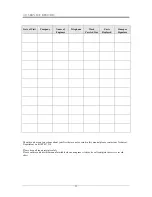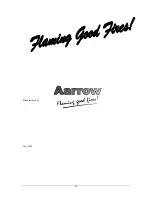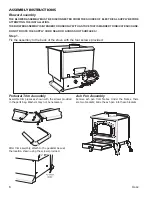
25
When a flue lining is fitted (to stainless steel or pumice chimney systems) it should be supported independently
to the appliance, i.e. with clips, brackets, flue lintels, etc.
NOT
simply resting on top of the appliance. It should
be possible to remove the fire for major maintenance work.
Note: if the appliance is fitted with a draught stabiliser or if one is fitted to the flue pipe or chimney in the
same room as the appliance, then the permanent air entry opening (or openings) should be increased by
300mm
2
for each kW of rated output.
24. INSTALLING THE FIRE
A - The Stratford Sf
Fitting and checking the thermostat (Integral Boilers only).
To fit:
Pass the control knob through the hole near the back edge of
the right hand side of the appliance body, keeping the mounting
brackets on the outside away from the fire. Pass the two M6 screws
through the brackets and screw into the threaded holes in the back of
the appliance. Before finally tightening the screws adjust the position
of the thermostat so that the damper laps the air inlet opening on all
edges.
Tighten the screws sufficiently to hold the thermostat securely but do
not over tighten. Uncoil the capillary tube taking care not to kink it,
and insert the 'bottle' (sensor phial) into the pocket in the rear water
jacket as far as it will go.
Shape and trail the.capillary tube so that it is clear of pipe work, the
damper arm, etc. The thermostat has been pre-set in the factory prior
to despatch and should fit on to the appliance without requiring
adjustment. However, it is advisable to check the cold setting distance
prior to lighting a fire in it. With the control set at maximum there
should be a gap of 23mm between the fire and the edge of the damper
plate furthest from the control shaft. If this is not the case adjust by
slackening off the lock nut and turning the adjusting nut on the
damper plate. When the cold setting distance has been correctly set
re-tighten the lock nut.
Fitting the Flue Outlet and Hot Plate.
The flue outlet spigot is found inside the appliance. The hot plate (blanking plate) is supplied fitted to the top
opening and is removed by turning clockwise (as is the flue outlet).
Smear a very thin layer of fire cement on the faces of the flue outlet and the blanking plate. Fit the outlet to the
appliance in the position desired.
Lock into place by rotating anti-clockwise and tighten by tapping with a block of wood and mallet. Similarly, fit
the blanking plate to the unused opening. Clean off any surplus fire cement.
Place the fire on the hearth and make sure that it is level and does not rock.
Connect the chimney ensuring all joints are sealed with fire cement. The flue will accept 125mm (5'') or 150mm
(6'') vitreous enamel pipe depending on which model is being installed.
Integral Boilers.
Integral boilers should be connected, with flow and return connection of any circuit on opposite sides of the
appliance, (cross flowed), to an indirect hot water tank/system, adding Fernox or similar corrosion inhibitor to
prevent corrosion and the formation of lime scale.
It is also essential that the return water temperature remains in excess of 45 degrees centigrade (Celsius). The
gravity return should be fitted with a thermostat, which will activate a cut-out on the radiator circulating pump,
should the temperature drop below this level.
Warning: if a pipe stat is not fitted then cold water corrosion can occur.
FAILURE TO COMPLY WITH THESE REQUIREMENTS WILL INVALIDATE THE GUARANTEE.
Summary of Contents for Stratford Sf 30
Page 34: ...34 Manufactured by July 2001...


